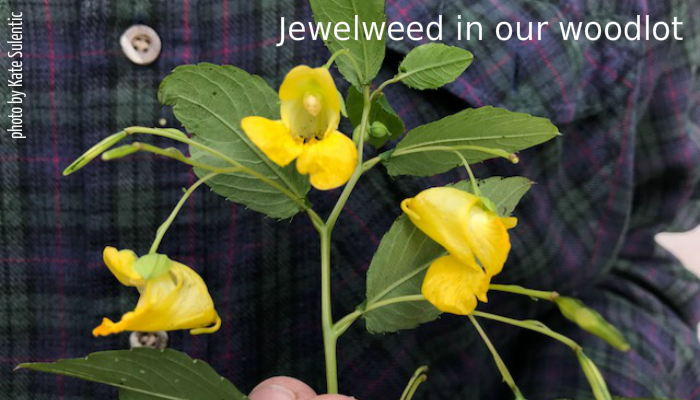Eric’s Question About Hummingbirds

Responding to my hummingbird story, Infatuated with Hummingbirds, Eric Miller asked why only one species was in the eastern USA. I needed a certain piece of research for a comprehensive answer, and finally located it, misfiled.
For many decades, it was accepted wisdom that the ruby-throat was the only hummer species in the east. The few individuals of other species that showed up were assumed to be misidentified, or thought to be disoriented, or someone’s escaped pet. And the birding guidebooks reinforced this idea.
But during the 1980s, folks in the Gulf States began reporting “strays” who would hang around someone’s yard for a week or two and get confirmed as a non-ruby-throat by a group of competent birders.
Finally in 1998 Doreen Cubie and Fred Basset used winter feeders and cage traps in northern Florida and southern Alabama so they could capture and record individuals. Over a 10-year period, they banded 1598 individuals. Their species findings were 52% rufous, 24% ruby-throated, 17% black-chinned, 3% buff-bellied, and a few each of calliope, Allen’s, broad-tailed, broad-billed, Anna’s, and Costa’s hummingbirds. 144 individuals were recaptured in subsequent years, demonstrating that at least five species were successfully overwintering in the southeast. More recent studies indicate that the rufous is doing especially well overwintering in the Gulf States.
Speculation about why this should be happening include:
- 1. Climate change producing milder southern winters.
- 2. More flowerbeds and birdfeeders in expanding suburbia.
- 3. Better field guides for more accurate identification.
- 4. Quality digital photography available to everyone.
- 5. The possibility that they have “always” overwintered in the South, unrecognized.
All of the above seem plausible.
So let’s rephrase Eric’s question. If the typical “southwestern” species are not all that uncommon in the Gulf States in winter, what is stopping them from spreading north and breeding north in summer as does the ruby-throat? My preferred speculation is built around the fact that those hummers are all natives of rather open country because that is where their flowers are, in mountain meadows, deserts, sage plains, cottonwood riparian corridors, etc. By contrast, our ruby-throat is a woodland species and not so common on the prairies because so many of the prairie flowers are composites, designed with clusters of tiny florets to accommodate the many bee species willing to clamber around on the surface, only getting a microscopic amount of nectar from each floret. I’m guessing that a hummingbird’s metabolism is so furious that it would score a net loss of energy trying to live off sunflowers, goldenrods, and asters. They need deep throated flowers with a little puddle of nectar at the bottom that they can wick up in a moment and move on.
A critical time here is when summer slips into autumn, and most plants stop flowering. In woodlands the key nectar species remaining then are orange jewelweed and yellow jewelweed, with deep nectaries best accessible by hummingbirds and certain bumblebees. Our ruby-throat migration from north to south coincides with the failure of jewelweed as frost makes its way southward.
So my hypothesis is that the open-country southwestern species have not learned to utilize Midwestern woodlands and jewelweed, and to track it southward as it fails. And to linger longer is fatal.
Overgrazing is standard practice in Midwestern woodlands and many today have no jewelweed. But it is easy to plant. Decades ago I merely scattered a handful of mixed seed in damp and shady places in our community woodlot, and we have had patches of both ever since. This year the yellow species is common and the orange species is rare. In other years this is reversed. If you have access to a woodland without jewelweed, consider planting some.
Reference: Bassett, F., & Cubie, D. (2009). Wintering Hummingbirds in Alabama and Florida: Species Diversity, Sex and Age Ratios, and Site Fidelity. Journal of Field Ornithology, 80(2), 154-162. Retrieved from http://www.jstor.org/stable/27715324


